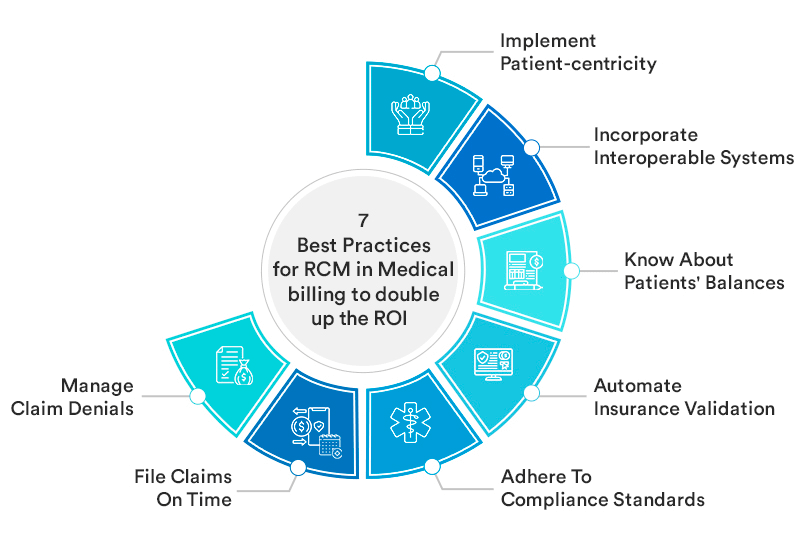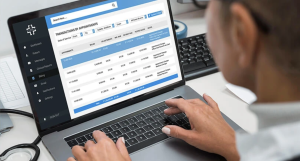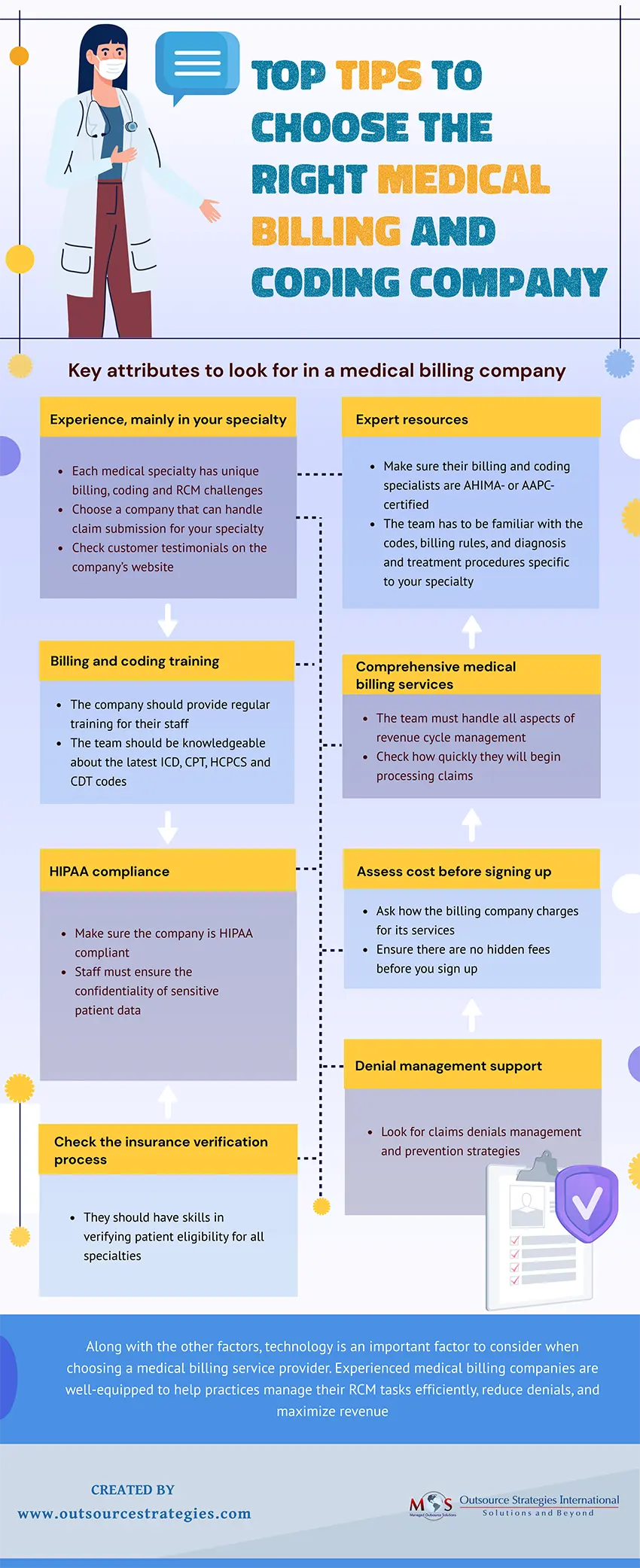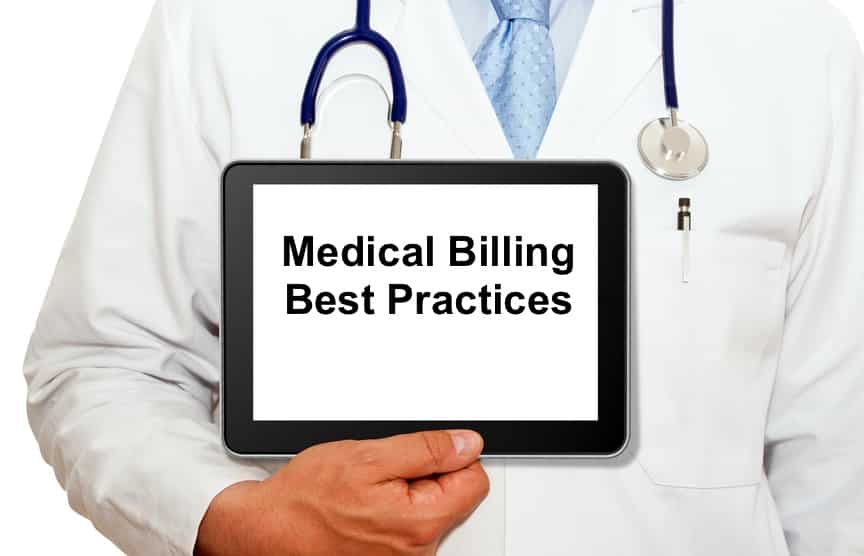In the realm of healthcare, efficiency and accuracy in medical billing are paramount. Effective medical billing practices not only ensure timely payments and reimbursements but also contribute to the overall financial success and sustainability of healthcare providers. This article examines the importance of best practices in medical billing, exploring key strategies that streamline processes, minimize errors, and promote patient satisfaction. By adhering to these best practices, healthcare organizations can optimize revenue cycles, enhance compliance, and ultimately provide high-quality care to patients.

Ensuring Accurate Patient Information

Reviewing and verifying patient demographics
One of the essential best practices in medical billing is to review and verify patient demographics. Accurate patient information, including name, address, contact details, and insurance information, is crucial for successful billing and reimbursement. It is important to double-check the information provided by patients during registration and update any discrepancies or missing details.
Updating patient records regularly
To maintain accurate patient information, it is necessary to update patient records regularly. This includes updating any changes in demographics, insurance coverage, or contact information. Regularly reviewing and updating patient records can reduce claim denials due to outdated or incorrect information, ensuring a smooth billing process.
Implementing data validation processes
Implementing data validation processes is another vital best practice for medical billing. This involves using software or systems that can automatically validate patient information to ensure accuracy and completeness. Data validation can help identify any errors or inconsistencies in patient records before claims are submitted, reducing the risk of claim rejections and improving overall billing efficiency.
Utilizing Electronic Health Records (EHR)

Benefits of using EHR for medical billing
Utilizing Electronic Health Records (EHR) has numerous benefits for medical billing processes. EHR systems allow for seamless integration of patient information, medical history, and billing data, making the billing process more efficient. With EHR, healthcare providers can easily access and update patient records, track encounters, and generate accurate billing codes, leading to improved reimbursement rates.
Choosing a suitable EHR system
When considering the implementation of an EHR system, it is crucial to choose a suitable one that meets the specific needs of the healthcare practice. Factors to consider include ease of use, compatibility with existing systems, security features, and cost. It is also important to select an EHR system that is compliant with healthcare regulations, ensuring the privacy and confidentiality of patient information.
Training staff on EHR usage
To effectively utilize an EHR system for medical billing, comprehensive staff training is necessary. Training should cover various aspects of EHR usage, including data entry, medical coding, and billing processes. Properly trained staff can maximize the benefits of the EHR system, minimize errors, and ensure accurate and timely billing submissions.
Maintaining Updated Fee Schedules

Regularly reviewing and updating fee schedules
Maintaining updated fee schedules is vital to ensure accurate medical billing. Healthcare providers should regularly review and update their fee schedules to reflect current rates for different procedures and services. This requires staying informed about changes in reimbursement rates from insurance companies and government payers.
Staying informed about changes in reimbursement rates
Insurance companies and government payers often update their reimbursement rates for medical services. It is crucial for healthcare providers to stay informed about these changes to avoid underbilling or overbilling. Regularly communicating with payers and subscribing to updates from industry organizations and publications can help healthcare providers stay updated on reimbursement rate changes.
Implementing fee schedule management tools
To effectively manage fee schedules, healthcare providers can utilize fee schedule management tools. These tools can help automate the process of updating and managing fee schedules, ensuring accuracy and consistency across all billing activities. Fee schedule management tools can also generate reports and analytics, providing valuable insights into billing performance and optimizing revenue generation.
Ensuring Documentation Accuracy

Developing standardized documentation processes
Accurate and complete documentation is crucial for successful medical billing. Healthcare providers should develop standardized documentation processes that capture all necessary information for billing purposes. Standardized processes ensure consistency in documentation across different healthcare professionals and help mitigate errors in coding and billing.
Implementing coding accuracy checks
To improve documentation accuracy, healthcare providers can implement coding accuracy checks. These checks involve reviewing medical codes assigned to diagnoses and treatments to ensure they accurately reflect the services provided. Regular audits and reviews of coding accuracy can help identify and correct coding errors, reducing claim denials and ensuring appropriate reimbursement.
Regularly auditing documentation for errors
To maintain documentation accuracy, regular audits of patient records and billing documentation are necessary. These audits involve reviewing documentation for errors, omissions, or inconsistencies that may impact the billing process. Healthcare providers can conduct internal audits or engage external auditors to ensure compliance with coding guidelines, identify areas for improvement, and correct any inaccuracies.
Coding Compliance and Accuracy

Adhering to official coding guidelines
Coding compliance is a critical aspect of medical billing. Healthcare providers must adhere to official coding guidelines, such as the Current Procedural Terminology (CPT) codes and the International Classification of Diseases (ICD) codes. Adherence to these guidelines ensures accurate and consistent coding, reducing the risk of claim denials and potential legal issues.
Regularly training coders and billers
To maintain coding accuracy, regular training for coders and billers is essential. Training should cover updates to coding guidelines, changes in reimbursement policies, and best practices for accurate coding. Continuous education and training help coders and billers stay up-to-date with the latest coding requirements and ensure compliance with coding guidelines, improving billing accuracy and reducing claim rejections.
Conducting internal coding audits
Conducting internal coding audits is another best practice for ensuring coding compliance and accuracy. Internal audits involve reviewing coded claims for accuracy and compliance with coding guidelines. These audits help identify any coding errors or discrepancies, providing opportunities for remediation and improvement. Regular internal coding audits can improve coding accuracy, reduce claim denials, and optimize revenue generation.
Timely Claim Submission

Developing efficient claim submission processes
Timely claim submission is essential to ensure prompt payment and cash flow for healthcare providers. Developing efficient claim submission processes involves streamlining the billing workflow, ensuring that claims are submitted in a timely manner after patient encounters. This may include utilizing electronic claim submission software, optimizing coding and documentation processes, and establishing clear communication channels with billing staff.
Verifying claim information before submission
Before submitting claims, it is crucial to verify the accuracy and completeness of claim information. This includes verifying patient demographics, insurance coverage, and the appropriateness of billing codes. Claim information should be double-checked against patient records and payer requirements to minimize claim rejections and delays in payment.
Utilizing electronic claim submission methods
To enhance claim submission efficiency, healthcare providers should utilize electronic claim submission methods. Electronic claims can be submitted securely and promptly, reducing paperwork and administrative burdens. Utilizing electronic claim submission methods also enables real-time claim tracking, minimizing claim processing times and improving revenue cycle management.
Following up on Claim Status

Tracking submitted claims regularly
Following up on claim status is vital to ensure timely reimbursement. Healthcare providers should track submitted claims regularly to monitor their progress and identify any delays or issues. This can be done through electronic systems, payer portals, or by engaging with dedicated claims management personnel. Regular tracking of claim status allows for proactive resolution of any claim rejections or delays, optimizing revenue flow.
Identifying and resolving claim rejections quickly
When claims are rejected, it is crucial to identify the reasons and resolve them promptly. Healthcare providers should establish a robust process for identifying and addressing claim rejections, such as assigning dedicated resources to handle claim rejections or utilizing software that can flag potential issues. Quick resolution of claim rejections minimizes delays in payment and helps maintain a steady cash flow.
Implementing automated claim follow-up processes
To streamline claim follow-up, healthcare providers can implement automated processes. This includes utilizing software or tools that can automatically track and follow up on claims that have not been processed or reimbursed within a specific timeframe. Automated claim follow-up processes reduce administrative burdens, minimize manual errors, and improve overall claim resolution efficiency.
Staying Updated with Changes in Healthcare Regulations

Subscribing to industry publications and newsletters
Staying updated with changes in healthcare regulations is essential for accurate medical billing. Healthcare providers should subscribe to industry publications and newsletters that provide updates on changes in regulations, reimbursement policies, and coding guidelines. Regularly reading these publications keeps healthcare providers informed and ensures compliance with changing industry requirements.
Participating in relevant training and education programs
To stay updated with changes in healthcare regulations, healthcare providers should actively participate in relevant training and education programs. These programs provide in-depth knowledge and understanding of regulatory updates and industry best practices. Training and education programs also offer opportunities for professional development and networking with industry experts.
Engaging with professional organizations
Engaging with professional organizations is another effective way to stay updated with changes in healthcare regulations. Professional organizations often organize conferences, seminars, and webinars that focus on regulatory updates and billing best practices. By actively participating in these events, healthcare providers can stay informed, exchange knowledge, and stay ahead of the curve in the ever-evolving healthcare landscape.
Implementing Clear Financial Policies
Developing comprehensive patient payment policies
To ensure transparent and smooth financial transactions, healthcare providers should develop comprehensive patient payment policies. These policies outline clear guidelines for patient responsibilities, including payment methods, insurance coverage, and financial assistance options. Transparent payment policies help patients understand their financial obligations and improve collections for healthcare providers.
Setting up clear financial responsibility guidelines
Establishing clear financial responsibility guidelines is crucial for effective medical billing. Healthcare providers should clearly communicate to patients their financial responsibilities, such as copayments, deductibles, and out-of-pocket expenses. Clear guidelines help patients understand what is expected of them in terms of payment, reducing confusion and potential disputes.
Offering financial counseling to patients
To assist patients with financial obligations, healthcare providers can offer financial counseling services. Financial counselors can help patients understand their insurance coverage, explore payment options, and navigate financial assistance programs. By providing guidance and support, healthcare providers can promote patient satisfaction and improve the likelihood of timely and complete payment.
Regular Performance Monitoring and Analysis

Establishing Key Performance Indicators (KPIs)
Regular performance monitoring and analysis are essential for optimizing medical billing processes. Healthcare providers should establish Key Performance Indicators (KPIs) to measure and track performance metrics related to billing and collections. Common KPIs include average reimbursement time, denial rates, and revenue cycle management metrics. By monitoring KPIs, healthcare providers can identify areas for improvement and take targeted actions to optimize performance.
Analyzing billing and collection metrics
Analyzing billing and collection metrics provides valuable insights into the effectiveness and efficiency of medical billing practices. Healthcare providers should regularly analyze metrics such as claim acceptance rates, denial patterns, and collections ratios. These metrics help identify trends, bottlenecks, and potential areas for improvement, enabling informed decision-making and process optimization.
Taking action based on performance insights
Acting on performance insights is the final step in the best practices for medical billing. By using the data and insights gained from monitoring and analysis, healthcare providers can implement targeted actions to improve billing and collections. This may include process improvement initiatives, staff training, or technology investments aimed at optimizing revenue cycle management and enhancing overall performance.
In conclusion, implementing best practices in medical billing is crucial for accurate and efficient revenue cycle management. From ensuring accurate patient information to embracing electronic health records, maintaining updated fee schedules, and adhering to coding compliance, healthcare providers can optimize billing processes and maximize reimbursement. Timely claim submission, effective claim follow-up, staying updated with healthcare regulations, implementing clear financial policies, and regular performance monitoring and analysis are also essential components of successful medical billing. By incorporating these best practices, healthcare providers can streamline their billing operations, improve financial outcomes, and deliver high-quality patient care.

